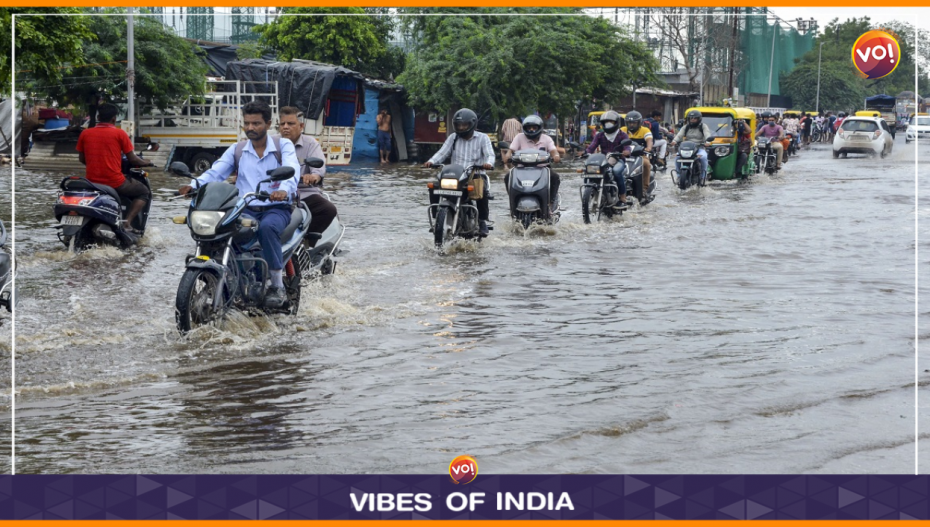No longer does the parched Earth soak up all the water. And this even after the scorching heat of Ahmedabad summers. As seen last year, despite the dry, arid land region in record-breaking heat, monsoon came with its usual woes. The ground refused to sponge in rain excesses and water-logging continued across the city.
However, experts point out that the “refusal of Earth” to absorb water “as should have been in the natural course,” is because of rabid urbanisation even underground.
“Less and less water is now percolating into the ground. To concretise cities, we begin with fortifying the foundations and hence, the loose dust and fertile mud is turned into barren, impermeable chunks. Excess rain water cannot settle in and hence occupies land above ground,” explains Sahana Goswami.
She is credited with having co-authored “Urban Blue-Green Conundrum: A 10-City Study on the Impact of Urbanisation on Natural Infrastructure in India.” Other names part of the in-depth analysis include Samrat Basak, Aakash Malik and Raj Bhagat Palanichamy.
The paper, published in January, covered 10 cities: Ahmedabad, Bengaluru, Chennai, Delhi, Hyderabad, Jaipur, Kolkata, Mumbai, Pune and Surat. The research drew on satellite data and other datasets.
In case of Ahmedabad, she shared: “As cities grow, the green cover and natural flow of water are altered. About 40% of the built-up area added to Ahmedabad between 2000 and 2015 ate into the high potential water recharge zones. That means, these areas would not only have helped drain off excess monsoon water, it could have served as a reservoir of sorts to tap into during the hot months.”
The study claims that in a 0 to 20 km radius of the city, about 18 million litres per day (MLD) could have been saved, if only the urbanisation were a planned and eco-sustainable one.
The study has met with support from city-based environmentalists, who pointed out that while rules exist for groundwater recharge for commercial establishments and larger residential societies, something needs to be done towards more percolating wells.
Also Read: In Blue Company: Meta Launches Paid Blue Tick-Verified IDs, Joins Twitter













